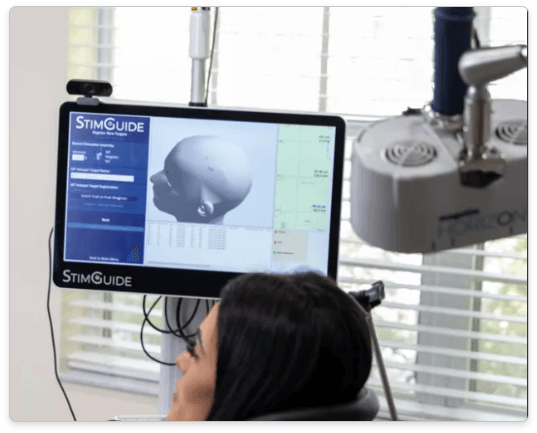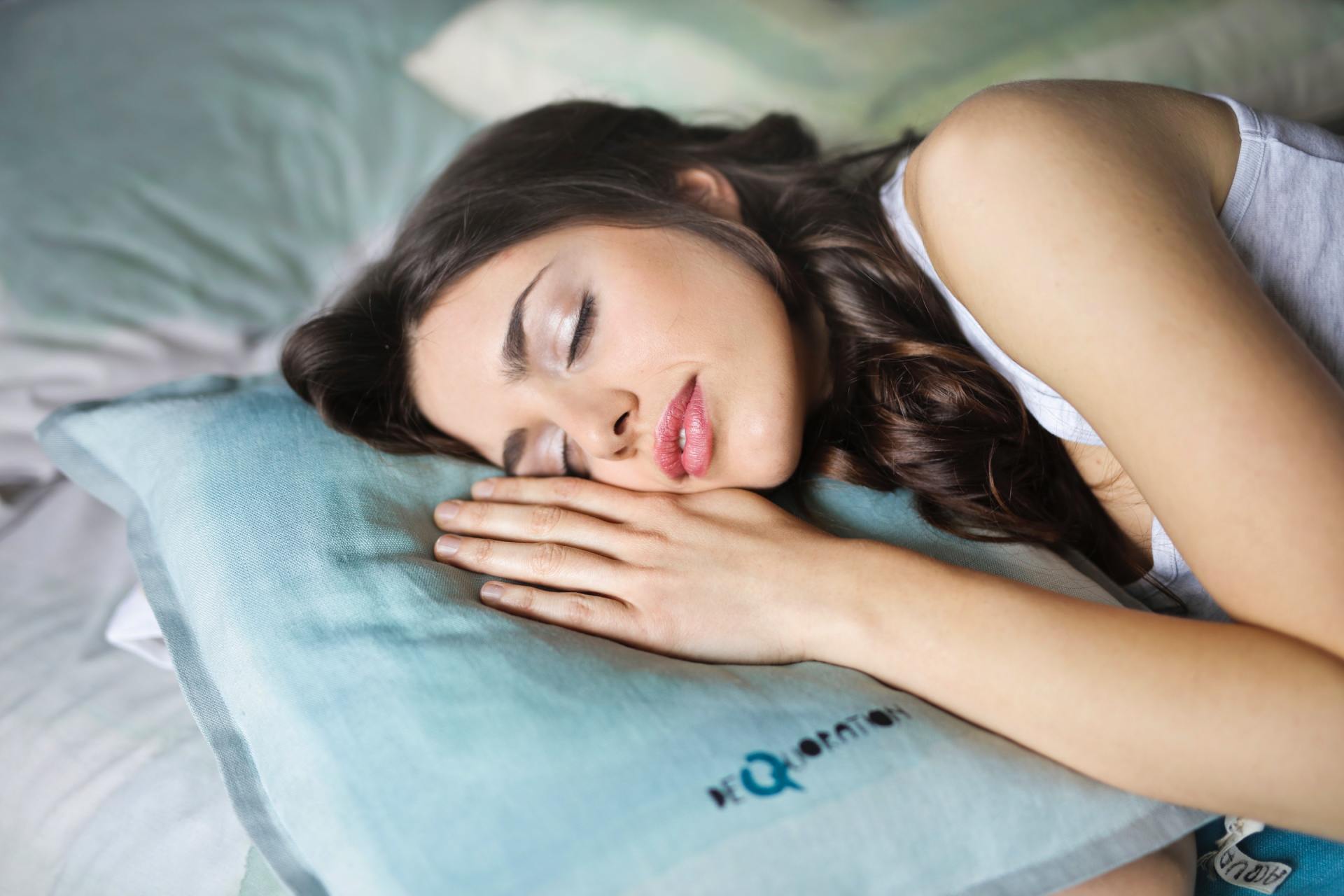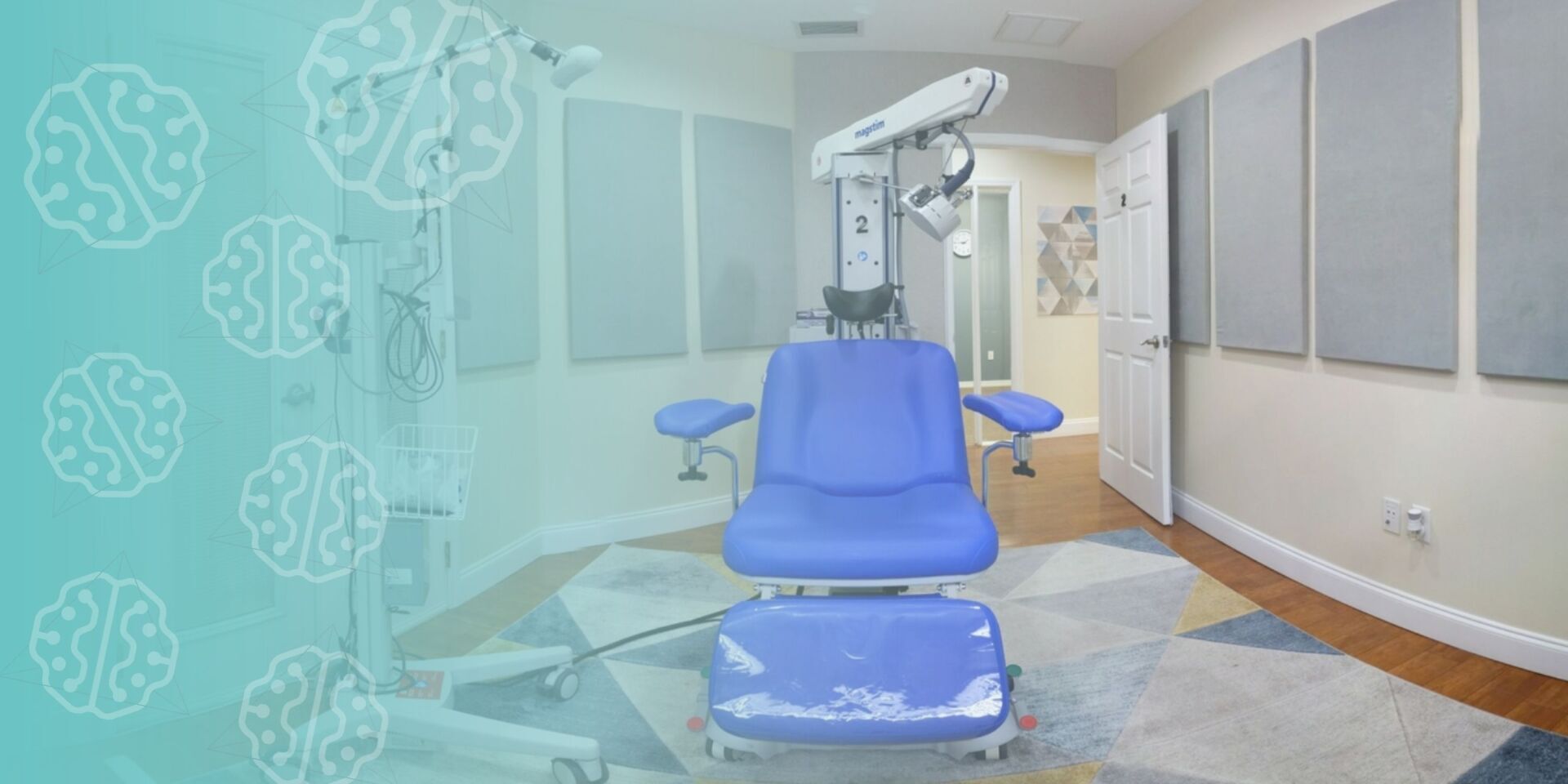Esketamine Depression Treatment
Depression affects over 300 million people worldwide. Around 16 million adults suffer from a major depressive disorder in the US alone. While some studies show that esketamine nasal spray can effectively treat treatment resisting depression, other studies suggest that it might not be as effective as previously thought. There are also concerns about its safety. The FDA has approved a study to evaluate the efficacy and safety of esketamine for treatment-resistant depression (TRD). The drug is a racemic mixture of the enantiomers esketamine, which is active in the brain, and esketamine hydrochloride, inactive. The dose of esketamine used in clinical trials was 0.5 milligrams per kilogram (mg/kg) of body weight. This amount is equivalent to about 100 mg of esketamine HCl. It is administered as an intranasal spray.
Esketamine nasal spray works by blocking N-methyl-D-aspartate (NMDA) receptors on neurons. These are glutamate receptors that help transmit signals between nerve cells. Blocking these receptors reduces activity in the brain responsible for mood regulation. In animal studies, esketamine reduced depressive symptoms when given alone and also prevented relapse after antidepressant drugs had been discontinued.
In humans, esketamine improved depression severity and quality of life more than placebo did. However, there were no statistically significant differences between esketamine and placebo at any time point during the study.
In addition, esketamine was associated with some side effects. People taking esketamine reported dizziness, nausea, vomiting, confusion, and hallucinations. There were two deaths among people who took esketamine. One person died from suicide and another from heart failure.
There have not yet been any controlled studies comparing esketamine to other antidepressants. However, one uncontrolled study found that people who responded well to a trial of esketamine continued to respond well to the medication after discontinuing it. Another uncontrolled study showed that people who didn't respond to esketamine could benefit from switching to another antidepressant.
What is esketamine?
The FDA has approved Esketamine nasal spray to treat severe depression. The drug was originally developed for military veterans who have posttraumatic stress disorder (PTSD). Can it also treat depression? Esketamine nasal spray is a ketamine derivative that acts on the brain's NMDA receptors. This receptor plays a key role in learning, memory, and mood regulation. Ketamine is a dissociative anesthetic that produces rapid antidepressant effects.
Ketamine is a potent NMDAR antagonist that activates α-amino-3-hydroxy-5-methyl-4-isoxazolepropionic acid receptor (AMPA) receptors. These receptors play a critical role in synaptic plasticity, essential for learning and memory. Ketamine also increases the release of dopamine and serotonin in the brain.
Esketamine reaction process
Although scientists don't fully understand how it works, they know that it affects the brain's neurotransmitters. These chemicals transmit messages between nerve cells. Neurotransmitters are like messengers that carry information from one cell to another. They include serotonin, dopamine, norepinephrine, and glutamate. Serotonin is associated with feelings of calmness and happiness. Dopamine helps regulate movement and attention. Norepinephrine controls heart rate and blood pressure. Glutamate plays a key role in learning and memory.
When you feel depressed, levels of certain neurotransmitters may drop. Researchers believe that esketamine increases the amount of serotonin and dopamine in the brain. NMDA receptors are important because they play a role in learning and memory. They are located on the surface of neurons. They send chemical messages across the cell membrane to neighboring neurons when activated.
When NMDA receptors are blocked, this prevents communication between neurons. Blocked NMDA receptors reduce the activity in the part of the brain responsible for mood regulation, leading to improvements in mood. It is unclear how long esketamine stays in the brain. Animal studies suggest that it may be eliminated within 24 hours. However, human data are limited.
Esketamine's safety
In clinical trials, researchers found that esketamine nasal spray significantly improved symptoms within hours. Patients reported feeling less anxious. It's important to note that esketamine nasal spray isn't new. It's already being used off-label to treat TRD. In clinical trials, people with severe depression were given either an injection of ketamine or a placebo. The results showed that those who got ketamine experienced significant improvement within hours. This is why some experts call esketamine "the next big thing" when it comes to treating depression. An esketamine nasal spray is a form of ketamine. Ketamine is a dissociative anesthetic. It works on the same receptors as PCP, but it doesn't produce the same side effects. Esketamine nasal spray contains a small amount of ketamine. It's designed to dissolve quickly to be absorbed into the bloodstream.
Ketamine can produce dissociative states characterized by altered perception, feelings of unreality, derealization, depersonalization, and emotional numbing. These changes may be accompanied by visual disturbances, auditory distortions, and other perceptual abnormalities. The drug also produces an increase in blood pressure and heart rate. It is important to adhere to the principles of the drug during medication.
Does esketamine treat anxiety disorders too?
Esketamine nasal spray is approved only for treatment-resistant major depressive disorder. However, preliminary evidence suggests that it may be useful for treating other types of anxiety disorders. A small number of patients with posttraumatic stress disorder (PTSD) have shown improvement while using esketamine. In one case report, a woman with PTSD experienced relief from her symptoms within minutes of receiving a single dose of esketamine. Another patient with PTSD received three doses of esketamine over four weeks. After each dose, she felt less anxious and depressed. She also slept better and had fewer nightmares. Two small studies suggest that esketamine might improve obsessive-compulsive disorder (OCD). OCD involves repetitive thoughts or behaviors that cause distress. A third study found that esketamine helped reduce OCD symptoms in people with Tourette syndrome.
Drug Interactions
Esketamine has the potential to interact with a variety of different drugs and supplements. These chemicals may affect the way your antidepressant works, or they may alter the effects of your antidepressant. Amphetamines, anti-anxiety drugs, monoamine oxidase inhibitors (MAOIs), opioid pain treatments, sedatives, seizure medications, sleeping aids, and tranquilizers are all known to interact with esketamine. Drowsiness, difficulties thinking, confusion, motor impairment, and dizziness may all be worsened if you drink alcohol while taking this medication.
You should always tell your doctor about any other prescription prescriptions, over-the-counter pharmaceuticals, vitamins, herbs, or other supplements you're taking or intend to take to reduce the risk of potentially hazardous interactions.
What should I know before taking esketamine?
Before you start taking esketamine nasal spray, tell your doctor if:
- You have ever had suicidal thoughts or plans
- You have bipolar disorder, schizophrenia, or mania
- You have liver disease
- You take any medicines called MAOIs, including certain antidepressants, diet pills, or herbal supplements
- You have an allergy to ketamine or any of its ingredients
- You have a history of seizures
- You have a history or family history of stroke
- You have kidney problems
- You have low blood pressure
- If you experience any new or worsening symptoms, call your healthcare provider immediately.
Is there any evidence that esketamine works better than a placebo?
There have been two randomized controlled trials comparing esketamine with placebo. In both studies, patients who did not respond to at least one antidepressant were randomly assigned to receive either esketamine or a placebo. Both studies showed significant improvement in depressive symptoms compared to placebo. One study found that the effect lasted up to four weeks, while the other study showed that the benefit persisted for up to 12 weeks. In addition to these two studies, there have also been several open-label studies showing that esketamine can help treat treatment-resistant depression.
Esketamine mechanism?
The exact mechanism by which esketamine acts on the brain is unknown. However, it appears that esketamine enters the brain through the nose and then crosses the blood-brain barrier into the hippocampus, amygdala, and prefrontal cortex. Once inside the brain, esketamine binds to NMDA receptors on neurons, blocking their activity. As a result, the release of neurotransmitters such as dopamine, serotonin, norepinephrine, and glutamate decreases. Esketamine is similar to ketamine, a powerful dissociative anesthetic that has been used for decades as an anesthetic during surgery. Ketamine is also known for its ability to produce rapid antidepressant effects. Ketamine is often administered intravenously or via injection into muscle tissue. This method can cause dangerous side-effects such as hallucinations, confusion, and even death. Esketamine nasal spray is different because it works through the nose. It is designed to deliver low doses of the drug directly to the brain. The goal is to avoid these potentially harmful side effects while still delivering the same benefits.
Conclusion
Esketamine nasal sprays are currently only approved for use in adults. Esketamine is a dissociative anesthetic similar to ketamine but without its psychotomimetic effects (i.e., hallucinations). It acts on the brain's glutamatergic system, specifically on N-methyl-D-aspartate (NMDA) receptors. This action reduces activity in the amygdala, a part of the brain involved in emotional processing. It's important to note that esketamine nasal spray is only intended to be used as part of a treatment plan involving psychotherapy or other types of therapy. The medication should never be taken alone. Also, there is a need for proper medical guidelines in using esketamine as a drug to prevent health damage.
If you live in the Tampa area and would like to learn more about Florida S Ketamine Clinic please click this link to take you to our Spravato page to learn more about our Esketamine treatment services in Tampa, Florida.












